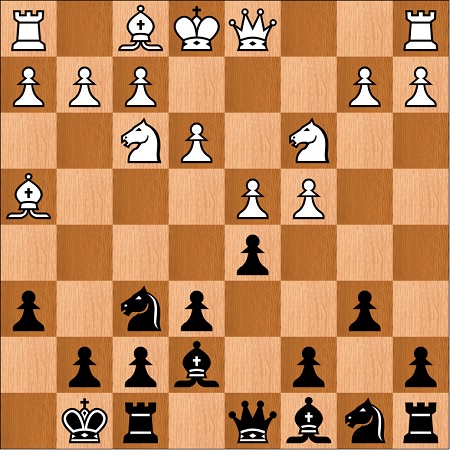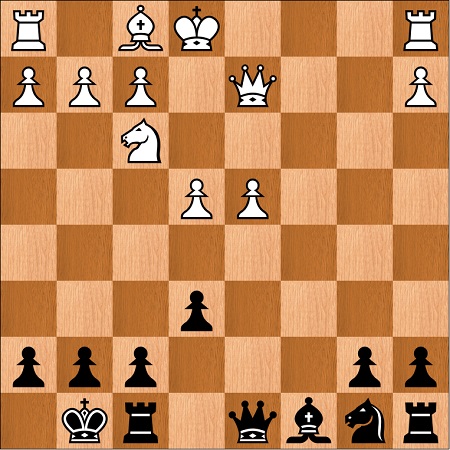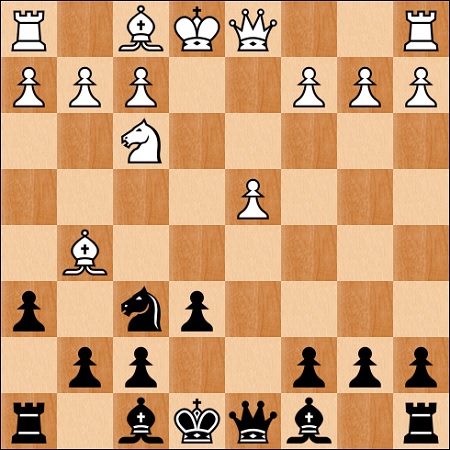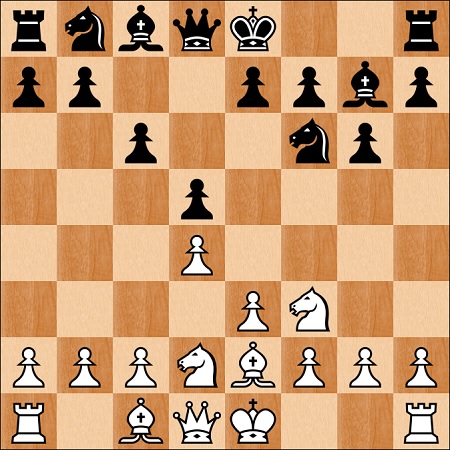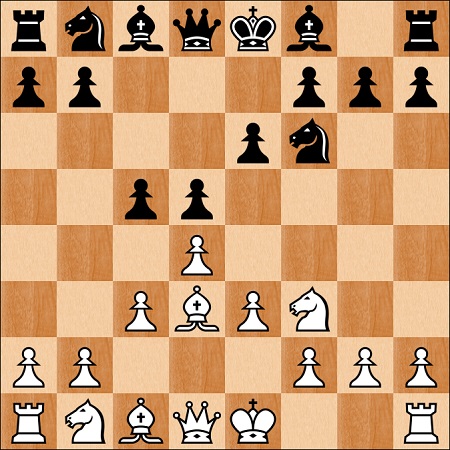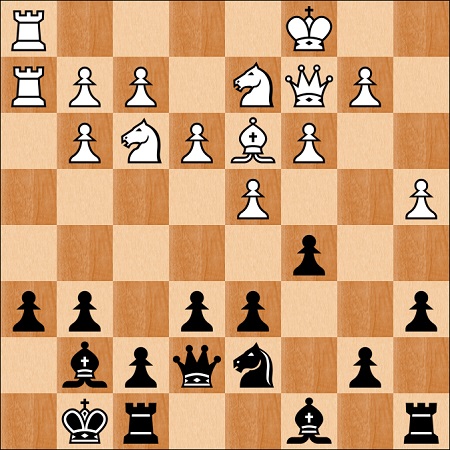One important aspect of chess improvement is in the strength of the opposition you play against. Strong opposition will stimulate the desire to do things better, if you don't you're going to get beaten. On the other hand looking to play weaker opponents, in order to get minor glory, will lead to a gradually deterioration of you game.
Because of this, my feelings about playing in senior chess events have been rather mixed. On the one hand it's nice to meet up with old acquaintances, on the other there's an element of avoidance to it, steering clear of strong young players, who are using modern learning methods and are often underrated. It may seem more comfortable, but at the same time it avoids the kind of challenge that leads to growth.
The desire to play strong opposition is one of the reasons I've chosen to play in the British Championship itself, rather than the 50+ or 65+ sections; there's just one game a day so tiredness shouldn't be a factor. I've also accepted an invitation to a strong open tournament in Izmir in Turkey, and have already started preparing.
Training Tournaments
This week's training tournaments are in the Queen's Gambit Declined Exchange Variation, which I believe is a very useful structure for learning positional play due to the clear planning and use of pawn levers. The two tournaments are as follows:
Sunday May 11th at 5pm UK Time: QGD Exchange with 1.d4 d5 2.Nf3 Nf6 3.c4 e6 4.cxd5 exd5
My Upcoming Events
I decided against playing in Nottingham, partly because it would be too hectic a schedule and partly because I'm working on some new openings which are simply not going to be ready. Meanwhile I've added the Cesme International Open in Turkey, but unfortunately this clashes with the Ilkley Congress.
Here is how things look right now:
June 23-29 2025: 11th Cesme International Open
This strong open event, in Izmir in Turkey, promises to be a real challenge. I'll be going a couple of days early because I can get a cheap flight, but the city looks very interesting and well worth a visit.
July 31 - August 10 2025: British Championships
As mentioned I've gone for the Championship itself rather than one of the old folks sections. Obviously this will be full of underrated juniors, I'll just have to play better against them this time! You can find details here.
August 21 - 30 2025: Maia Chess Festival (?)
I'm hopeful that I'll be asked back, but haven't heard anything so far.
September 5-7: Hull 4NCL Congress
I'm a big fan of 4NCL Congresses because they are played in nice venues, they're invariably well organized and they offer free entry and accommodation to GMs. You can find details here:
I'll be looking for things after September, not sure when or where!
Twitch Channel
My new Twitch channel will have new shows every Monday ('Chess Questions Answered), the Webinar on training tournaments and games is up on Fridays. Please follow it if you'd like to get updates etc, all the shows will be available to Premium members in the Tiger Chess members area, even when they are no longer available on Twitch.
Have a good weekend.
Nigel

